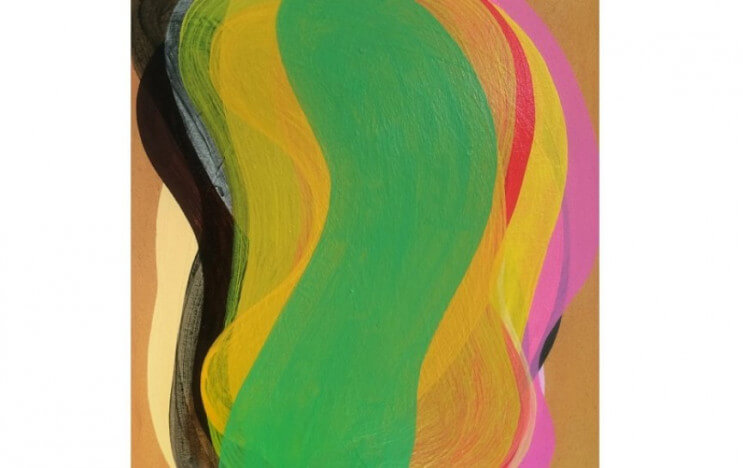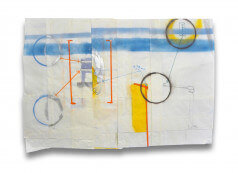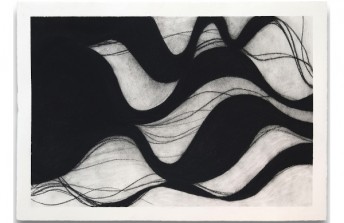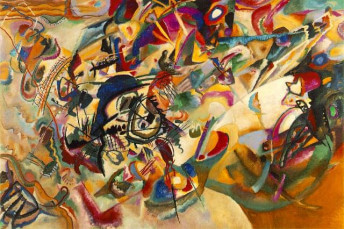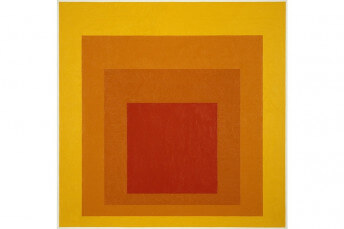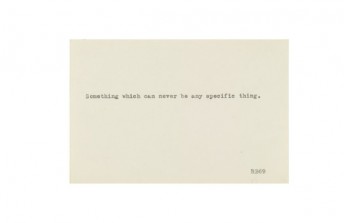What is A Painting ?
Mar 30, 2016
In 1890, French painter Maurice Denis famously said that “a painting –before being a warhorse, a naked woman, or some story or other – is essentially a flat surface covered with colours assembled in a certain order.” Yet, as appealing as this simple definition is, over a century later, the debate over what constitutes a painting is more heated than ever. Time and time again paintings emerge as the prestige medium for visual artists, fetching astronomical sums at auction that few sculptures could hope to rival, never mind the humble drawing or print. However, in an increasingly globalised art world, and one characterised by boundary-breaking and interdisciplinary artistic practices, the fine line between painting and related media is not always easy to discern.
One of the earliest known forms of artistic expressions, painting has been practiced by humans around the world for millennia, with evidence in the form of used ochre found in caves in Arnhem Land, Northern Australia, dating the practice to at least 60,000 years ago. More famous are the Grotte Chauvet cave paintings in Southern France, which consist of depictions of rhinoceroses, lions, buffalo, and mammoths, rendered in black and ochre. And yet, iconic as these images are, it is far from clear that they would fit today’s criteria of painting at all...
Indeed, throughout much of Western art history, the term painting has referred almost exclusively to oil painting on canvas or wooden boards, with works on paper or other supports most often classed as drawings, irrespective of the medium used. By this definition, ink paintings and watercolours were grouped with drawings, a classification still used in some circles today. Visitors to the recent Drawing Now fair in Paris may, for example, have been surprised to see a number of painted works, often watercolours, on show beside more traditional ‘drawings’. Indeed, though the fair was, as its name suggests, dedicated exclusively to the medium of drawing, organisers chose to define any work on paper as a drawing.
By contrast, traditional Eastern painting is usually rendered on paper or silk, rather than canvas. Amongst the oldest continuous artistic traditions in the world, traditional Chinese painting, known as guóhuà is more akin to the art of calligraphy than to Western painting, artists applying black or coloured ink to a paper or silk support using a brush. And yet, with such a rich history and tradition, to exclude such works from the category of painting on the basis that they use paper or silk would, in an increasingly globalised art world, be to take an unnecessarily West-centric view of the medium.
Instead of focusing on the support, others define a painting by the medium used. Indeed, most artworks that are commonly classed as paintings are created using pigment suspended in a liquid, whether it be oil, water, acrylic, or a mixture of solvents, as in the case of ink. By this definition, therefore, all that separates works in pastel from paintings is that one is a solid and the other liquid, since the type of pigment used in each is identical.
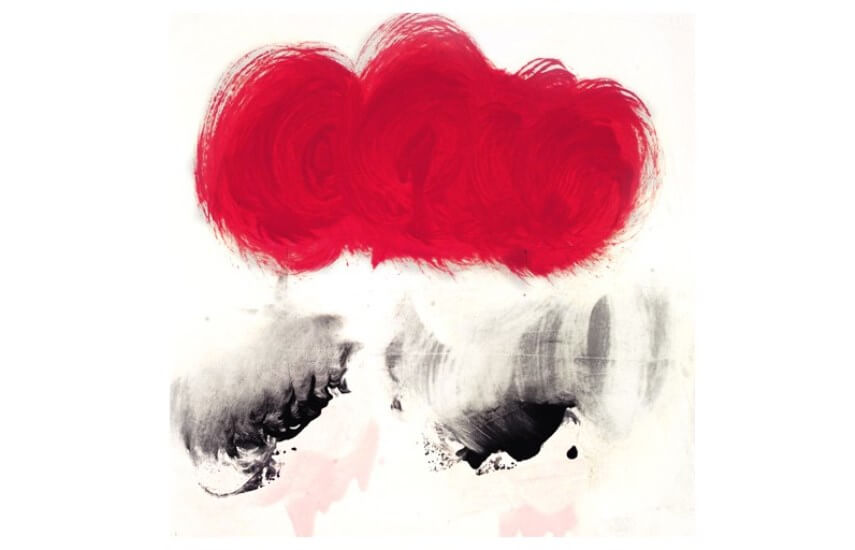 Anya Spielman - Sorrow, 2007, 6.7 x 6.7 in
Anya Spielman - Sorrow, 2007, 6.7 x 6.7 in
What is a Painting - Why is this Question difficult to Answer?
Nonetheless, before simply defining a painting as any work in which a liquid pigmented medium is applied to a surface, there are several notable exceptions to address. For one, whilst there are many works in ink that easily qualify as paintings, we should not neglect the long and important tradition of ink drawings. Though the divide between ink painting and drawing may not always be a clear one, the key difference between the two most often comes down to the use of line versus larger areas of colour or tone. Whereas ink paintings by Chinese literati painters such as Bada Shanren, feature not only lines, but areas covered by washes of ink, works such as van Gogh’s famous ink drawings consist solely of lines, albeit highly gestural ones.
And yet, with artists increasingly shedding the stylistic and formal constraints of old, whether by combining graphic and more painterly techniques, or, as in the case of artists such as Jean Buffet and Anselm Kiefer, by using a mixture of paint and other media, hard-and-fast criteria for what constitutes a painting become more and more elusive. Indeed, with so many factors to consider, from the support to the media, technique, or style used, the line between painting and other visual art forms is less clear than ever before, leaving today’s painters faced with a blank canvas, and the opportunity to reinvent an age-old medium.
At IdeelArt, we also had to consider this difficult question. To ensure efficiency of our clever filters, we decided to use a systematic approach whereby paintings and drawings are defined by their production process: if the material (which has to be liquid, and will typically be acrylic, oil, wax, gouache, or watercolour) is applied using brushes or directly thrown onto the support, then the artwork will be considered a painting. If applied directly with a pen or equivalent (which will typically be used with hard materials such as charcoal, graphite, or pastel, but can also be used with wax, ink and other materials), then the artwork is a drawing. But, as we have seen, this is only one amongst many other possible definitions…
Featured Image: Gary Paller - 19, 2015. Acrylic on canvas. 24 x 20.1 in
